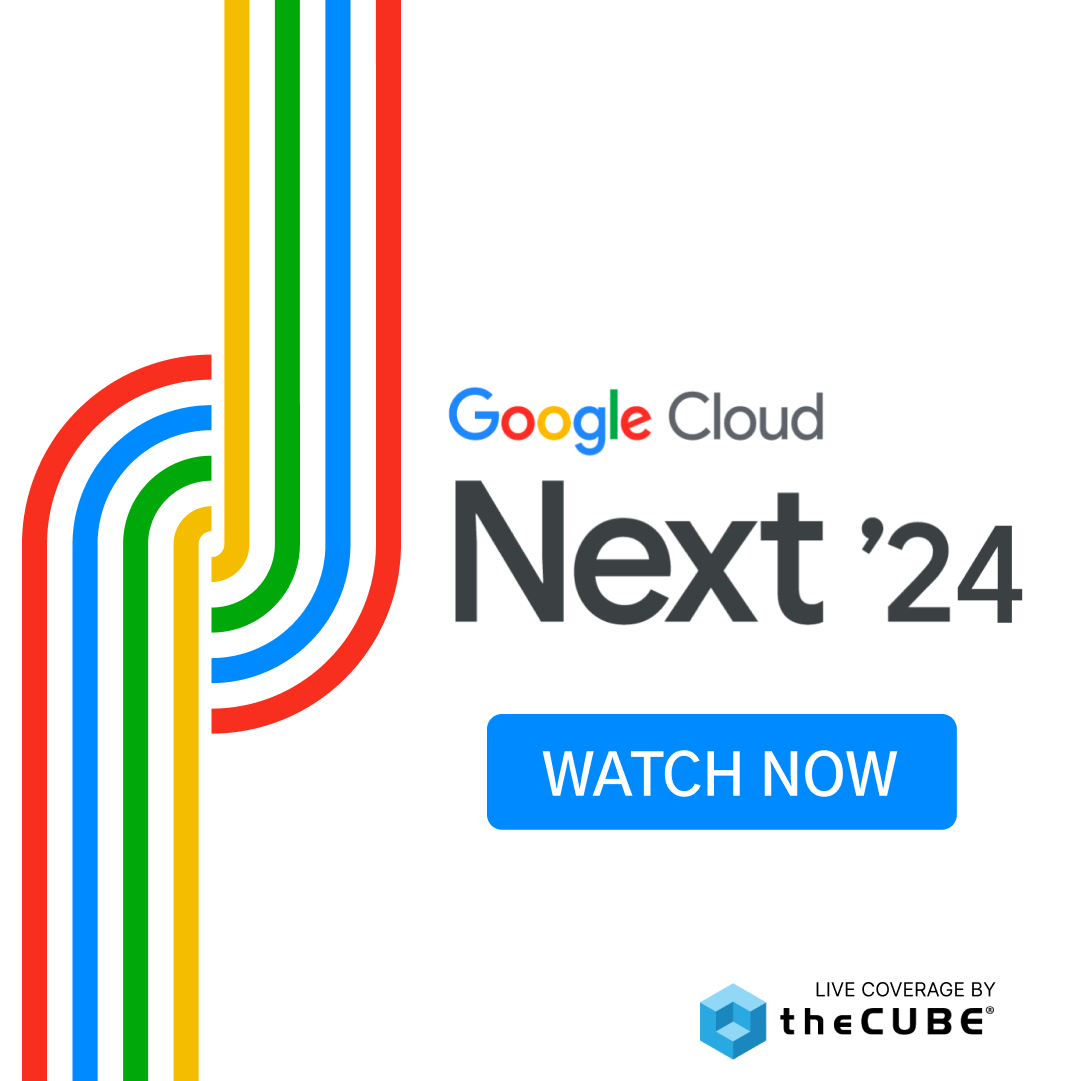Cloud is the puzzle piece that completes the picture | #IBMpulse
![]() Last week at IBM Pulse 2014, one of the most notable guests was Steve Mills, Senior VP & Group Executive, IBM Software & Systems. Mills is an veteran of the information technology game, witnessing first hand all of the major technology shifts of the last 25 years. He joins theCUBE hosts John Furrier and Dave Vellante to discuss IBM’s take on the cloud and the state of software adoption. Mills and IBM see cloud-based implementations as a huge market opportunity, as businesses rethink their processes, making them more fluid, more open, and more dynamic.
Last week at IBM Pulse 2014, one of the most notable guests was Steve Mills, Senior VP & Group Executive, IBM Software & Systems. Mills is an veteran of the information technology game, witnessing first hand all of the major technology shifts of the last 25 years. He joins theCUBE hosts John Furrier and Dave Vellante to discuss IBM’s take on the cloud and the state of software adoption. Mills and IBM see cloud-based implementations as a huge market opportunity, as businesses rethink their processes, making them more fluid, more open, and more dynamic.
“Similar to things in the past, what’s fascinating about the information technology industry is that in some respects you to get redo things that you’ve done before, but the technology has advanced to allow you now to do things in ways that you could have never done previously,” Mills says. “So you’re working on similar kinds of business problems and challenges but the technology now has made it possible for you to do it more economically, do it faster more effective, and you kind of get a chance to do it again right — it’s the third times a charm type of thing.”
Software is at the heart of computing. Mills says that he gets excited that we can do things at scale today that we could have never done a decade ago because of software. Data analysis, Big Data, and the mobile and social components of it all. Technologies are affecting experience, and mobile devices have had a profound affect on how users interact with technologies. That crossroad of user and technology has created a ‘new developer’.
“It’s harder and harder to differentiate who is a developer of technology, or at least code, people will both develop and consume (as it pertains to software),” Mills explains. “It’s opening up the aperture for lots of creativity and often times those who don’t have traditional computer science training but have an understanding of a business problem. The tools are there scripting, simple interfaces, and suddenly you’re doing things creatively and building useful software that frankly you could not have done years ago if you hadn’t gone to school and picked up the entire litany of skills associated with information technology.”
We’re in more of a construction-development world than a programming-development world now, in Mills eyes. The paradigm is changing away from something that is purely of a technical nature, and according to Mills is dramatically expanding information technology. More and more powerful models of bringing software design to the user, has made the ‘new user’ for software the actual ‘user’. In layman’s terms: anyone can no develop a piece of software or application.
But what does that mean for the DevOPS community? How does IBM plan to attract developers? Mills says IBM see’s developers want a welcoming environment. They’re looking for a lot of working material and components but the ability to be creative. “The environment has to be adaptive,” said Mills. IBM’s BlueMix is focused on being contribute-first.
Watson apart from Big Data
.
Towards the end of the interview, Furrier asked Mills about Watson. Is Watson going to answer all of the business questions instead of Jeopardy questions? How does Watson fit into Big Data?
Mills chose first to separate Watson from Big Data.
“It’s a system, if you’re patient and keep feeding it information it’s all knowing. Watson is a set of capabilities that are brought into a system that is designed to deal with complex problems where the amount of information is huge and the nature and the structure of the information makes it very challenging to know what the ‘right’ answer is.”
But you have to teach Watson the truth, he added. The more truth you teach it, the more it grows. Watson is effectively the statistical version of the truth.
IBM is rooted in acquisitions, and one of the main reasons that strategy has worked for them is consistency. IBM doesn’t step out of its ‘lane’ and even though it has a big portfolio, as they engage with their customers, they discover things they don’t have, says Mills. At that point it’s a matter of build, partner or buy. “We believe in adjacency. We want things to be synergistic with what we have.”
A puzzle piece that completes the picture, so to speak. The cloud and its adoption is a puzzle piece to IBM’s big picture puzzle.
A message from John Furrier, co-founder of SiliconANGLE:
Your vote of support is important to us and it helps us keep the content FREE.
One click below supports our mission to provide free, deep, and relevant content.
Join our community on YouTube
Join the community that includes more than 15,000 #CubeAlumni experts, including Amazon.com CEO Andy Jassy, Dell Technologies founder and CEO Michael Dell, Intel CEO Pat Gelsinger, and many more luminaries and experts.
THANK YOU









